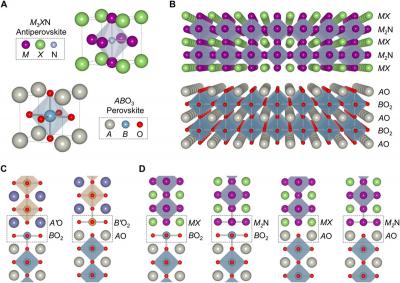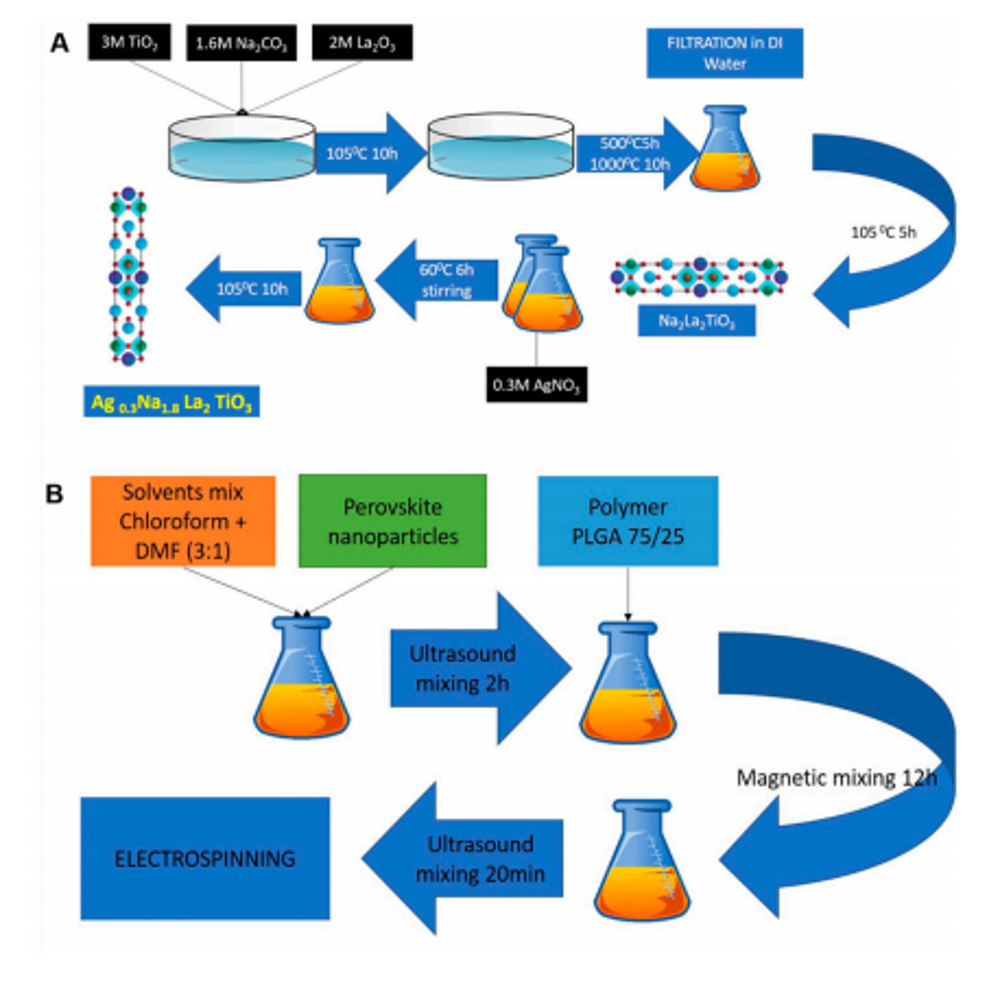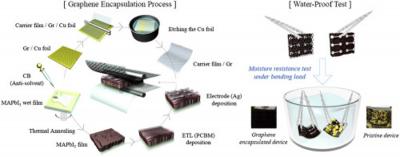New production method yields flexible single-crystal perovskite films with controlled area, thickness, and composition
Scientists at UC San Diego have developed a new method to fabricate perovskites as single-crystal thin films, which are more efficient for use in solar cells and optical devices than the current state-of-the-art polycrystalline forms of the material.
Their fabrication method - which uses standard semiconductor fabrication processes - results in flexible single-crystal perovskite films with controlled area, thickness, and composition. These single-crystal films showed fewer defects, greater efficiency, and enhanced stability than their polycrystalline counterparts, which could lead to the use of perovskites in solar cells, LEDs, and photodetectors.

 Australia-based
Australia-based 


